The “fresh is best” mantra has dominated food conversations for decades. But in today’s busy world, is fresh always the optimal choice? This comprehensive guide examines the real differences between canned vs fresh vegetables and fruits, helping you make informed decisions that balance nutrition, convenience, and cost.
This guide examines 10 common foods to help determine when canned options make sense and when fresh alternatives are worth the extra effort. Whether you’re a busy parent, budget-conscious shopper, or someone looking to optimize their cooking routine, you’ll find practical advice to make choices that work for your lifestyle.
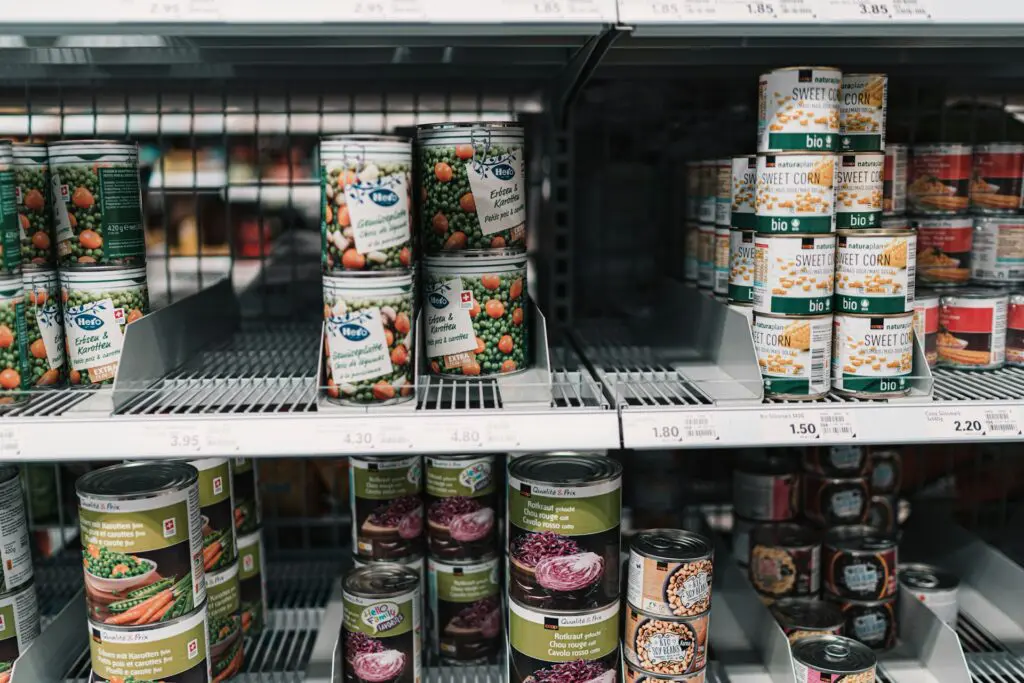
Comparing Canned vs Fresh Vegetables: Key Findings
Here are several important insights about canned foods:
- Nutrient-dense food group consumption is positively associated with those who frequently eat canned foods
- Some canned foods, like tomatoes, actually show higher levels of certain nutrients
- Average preparation time savings range from 15-45 minutes per dish
- Cost savings can reach up to 50% compared to fresh options
- Sodium content varies significantly (150-600mg per serving) but can be reduced by 40% through rinsing
Understanding Food Safety and Preservation
Modern commercial canning has evolved significantly from its origins. Today’s processes prioritize both safety and nutrient retention, using BPA-free linings and strict quality controls. Common preservatives in canned foods serve specific purposes:
- Salt: Enhances flavor while acting as a preservative
- Calcium chloride: Maintains firmness in vegetables and legumes, generally recognized as safe by the FDA
- Citric acid: Preserves color and prevents spoilage, also generally considered safe to consume
- Ascorbic acid: Another name for vitamin C, prevents browning
Canned vs Fresh Vegetables, Fruits, and Legumes
Let’s examine how canned and fresh options compare across different food types:
1. Sweet Potatoes
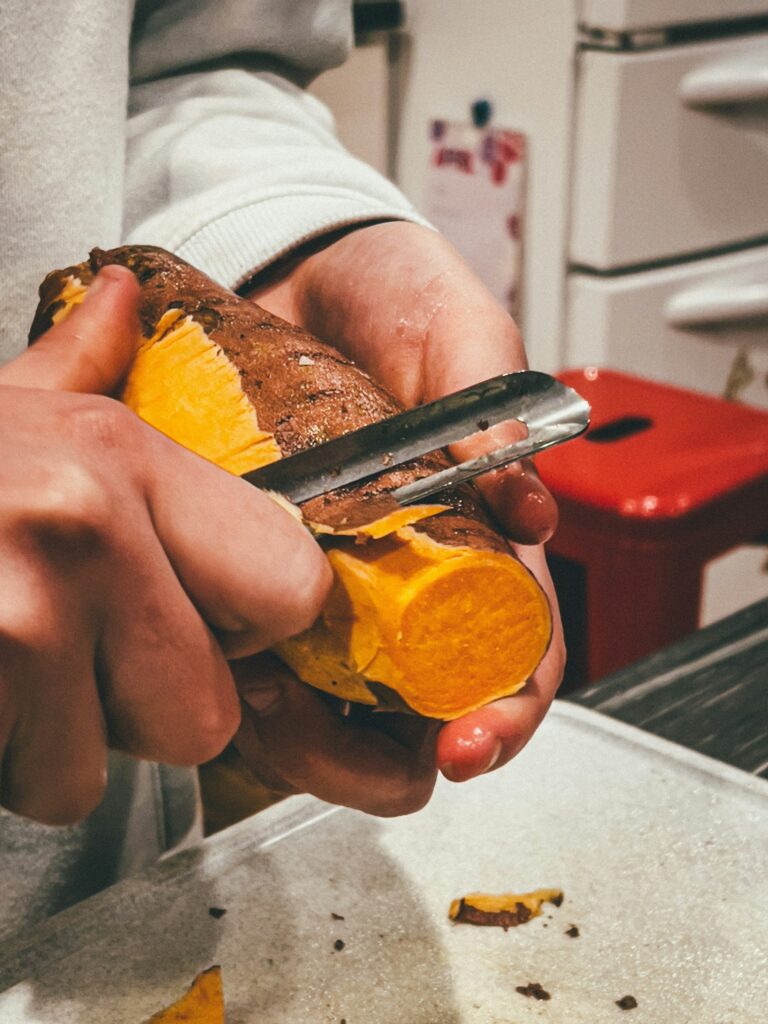
- Nutrient retention: 90% Vitamin A, 60% Vitamin C, 95% fiber, making it nearly as nutritious as fresh
- Taste comparison: Slightly softer texture but maintains natural sweetness. Difference becomes negligible in most cooked dishes
- Cost per serving: Canned $0.75-1.25 vs fresh $0.60-1.00
- Time saved: 20 minutes of peeling, chopping, and cooking
- Sodium content: 150-200mg per serving, lower than many other canned vegetables
- Best uses:
- Canned: Casseroles, pies, mashes, soups
- Fresh: Roasting, fries, when firm texture is crucial
- Storage life: 2-3 years canned vs 1-2 weeks fresh
Verdict: Choose canned for most uses except roasting. The minimal nutrient and taste differences don’t justify the extra prep time
2. Tomatoes
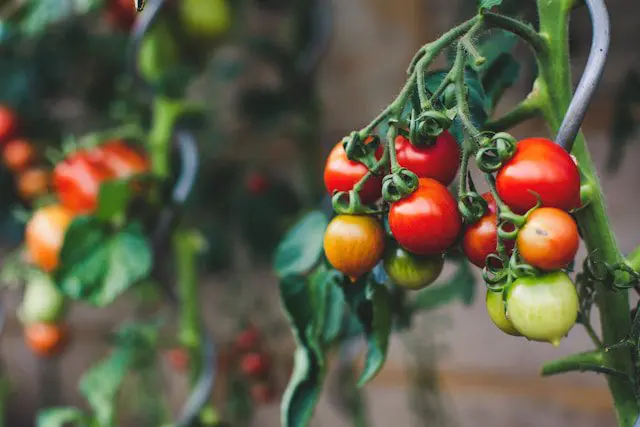
- Nutrient retention: Higher lycopene content than fresh due to heat processing. Maintains 95% Vitamin C
- Taste comparison: Nearly identical in cooked dishes. Significantly inferior for fresh applications
- Cost per serving: Canned $0.50-0.75 vs fresh $1.00-1.50
- Time saved: 15 minutes of washing, chopping, and seeding
- Sodium content: 200-400mg per serving
- Best uses:
- Canned: Sauces, soups, stews, chili, any cooked application
- Fresh: Salads, sandwiches, raw applications, garnishes
- Storage life: 18-24 months canned vs 1 week fresh
Verdict: Keep both. Canned for cooking, fresh for raw uses
3. Green Beans
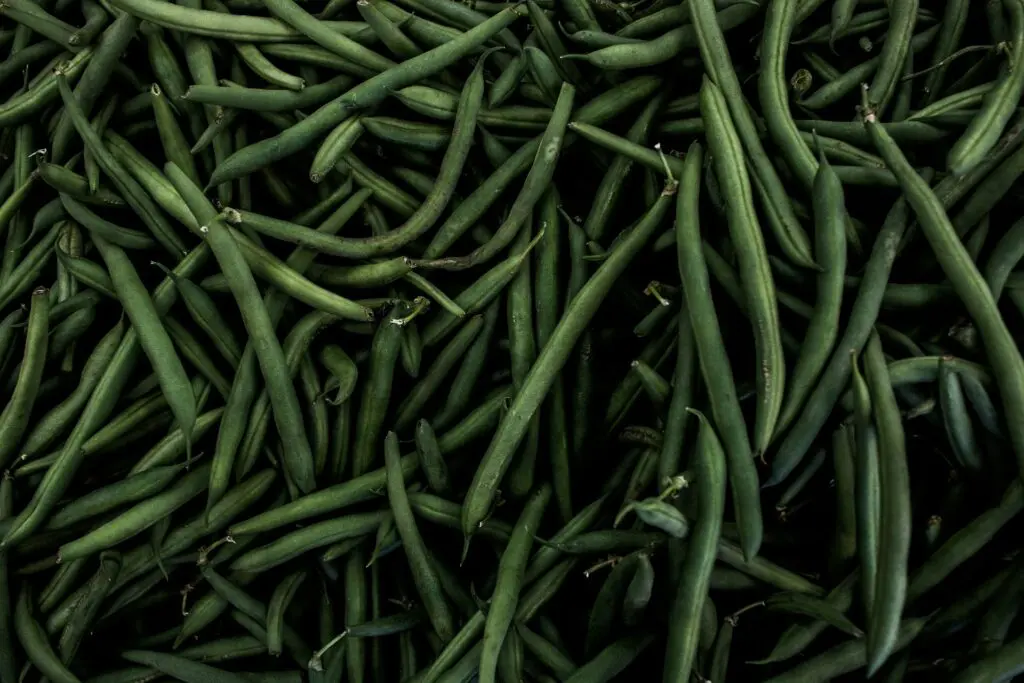
- Nutrient retention: 85% Vitamin A, 60% Vitamin C, 95% minerals
- Taste comparison: Significant difference. Fresh are crisp and vibrant; canned are noticeably softer
- Cost per serving: Canned $0.50-0.75 vs fresh $1.00-1.75
- Time saved: 15 minutes of washing, trimming, and cutting
- Sodium content: 300-500mg per serving
- Best uses:
- Canned: Casseroles, soups, stews where texture isn’t crucial
- Fresh: Side dishes, stir-fries, salads, when crispness matters
- Storage life: 2-3 years canned vs 1 week fresh
Verdict: Choose fresh when possible. Texture loss makes canned best for mixed dishes only
4. Corn
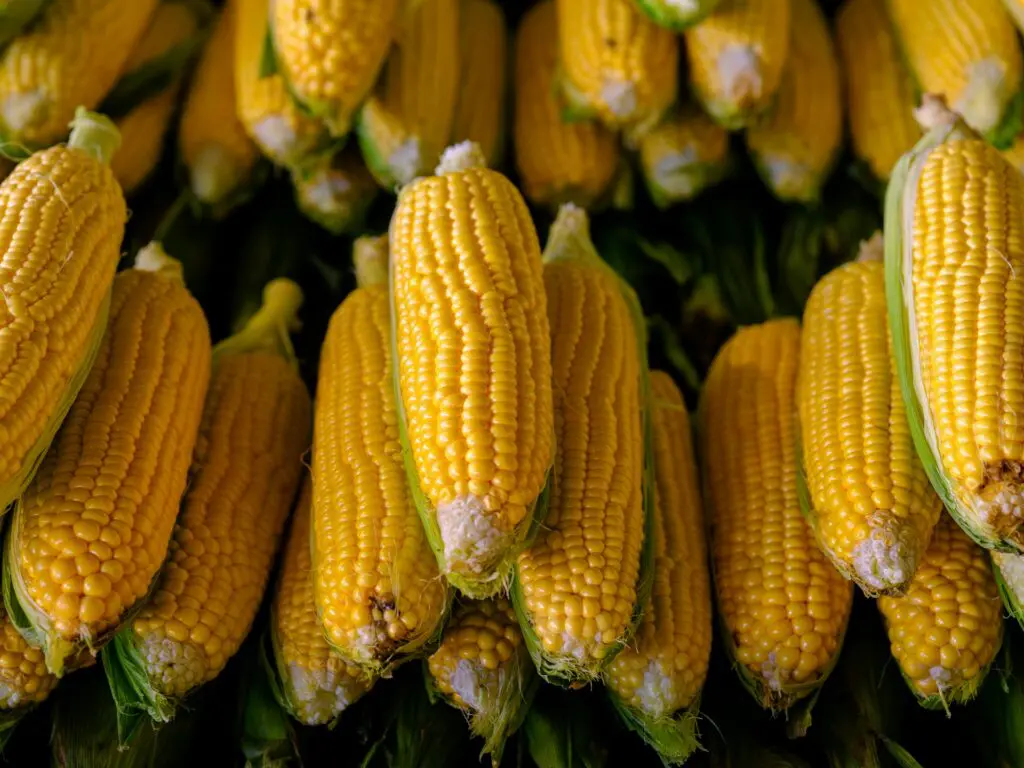
- Nutrient retention: 100% fiber, higher antioxidants than fresh due to heat processing
- Taste comparison: Very similar sweetness. Minimal texture difference
- Cost per serving: Canned $0.50-0.75 vs fresh $0.75-1.25
- Time saved: 10 minutes of husking, cleaning silk, cutting
- Sodium content: 200-300mg per serving
- Best uses:
- Canned: Side dishes, salads, soups, casseroles
- Fresh: Grilling, roasting, when fresh sweet taste is priority
- Storage life: 2-3 years canned vs 5-7 days fresh
Verdict: Canned is a good choice for most uses. Minimal compromise in taste or nutrition
5. Peas
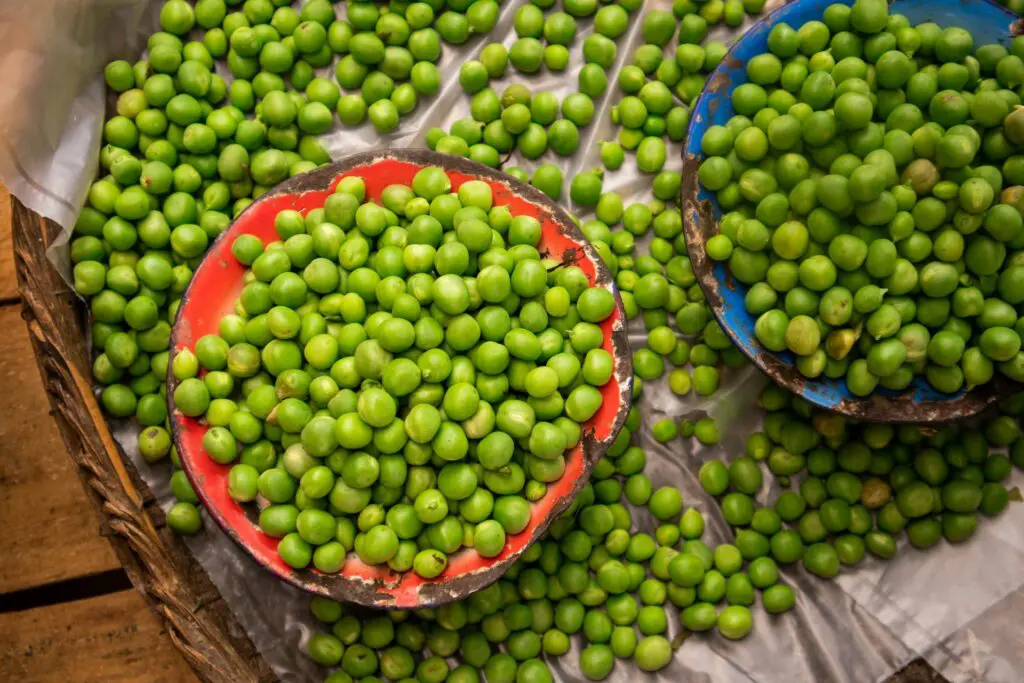
- Nutrient retention: 85% Vitamin C, 95% fiber, 100% protein
- Taste comparison: Softer texture but similar sweetness. Minimal flavor difference when cooked
- Cost per serving: Canned $0.50-0.75 vs fresh $2.00-3.00 (when in season)
- Time saved: 20 minutes of shelling and prep
- Sodium content: 300-400mg per serving
- Best uses:
- Canned: Soups, stews, casseroles, side dishes
- Fresh: Spring dishes, when bright color is important
- Storage life: 2-3 years canned vs 2-3 days fresh
Verdict: Canned peas are a practical choice for most uses. Fresh peas are a seasonal luxury worth splurging on when available
6. Beans (Black, Kidney, Navy, Pinto)
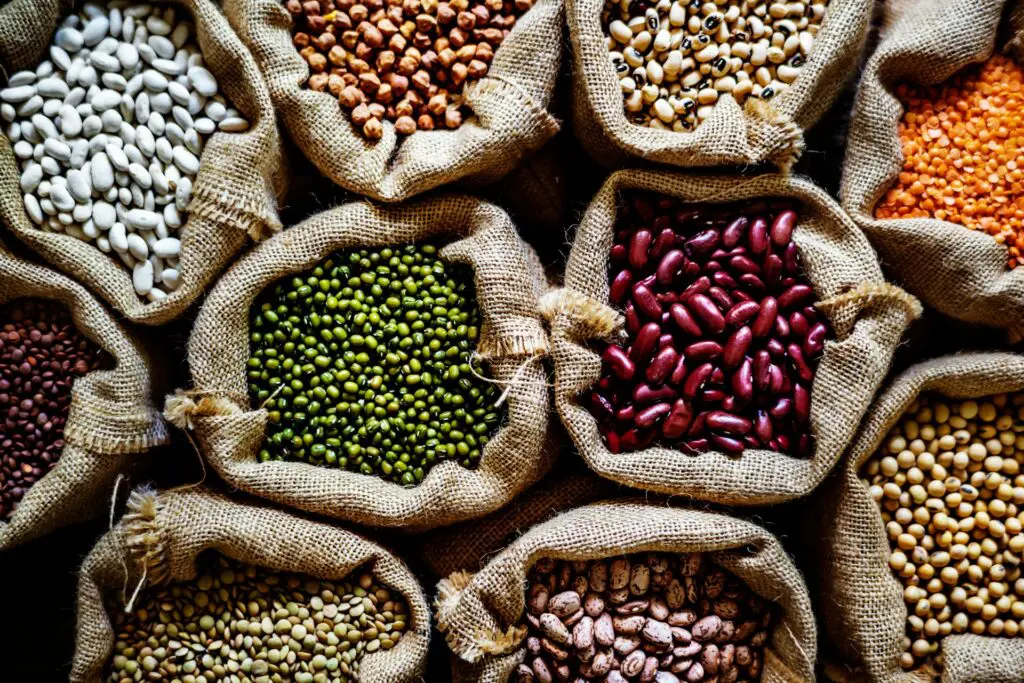
- Nutrient retention: 100% protein, 95% fiber, 90% minerals
- Taste comparison: Very similar after seasoning. Slightly softer texture in canned varieties
- Cost per serving: Canned $0.50-1.25 vs dried $0.25-0.75 (after cooking)
- Time saved: 2-3 hours of soaking and cooking
- Sodium content: 400-600mg per serving (reduces by 40% when rinsed)
- Best uses:
- Canned: Quick meals, small portions, when time is limited, cold bean salads
- Dried: Large batches, when texture control matters, low-sodium diets, recipes where bean liquid is important
- Storage life: 2-3 years canned vs 1-2 years dried
Verdict: Both have merit. Choose canned for convenience, dried for economy and sodium control
7. Chickpeas
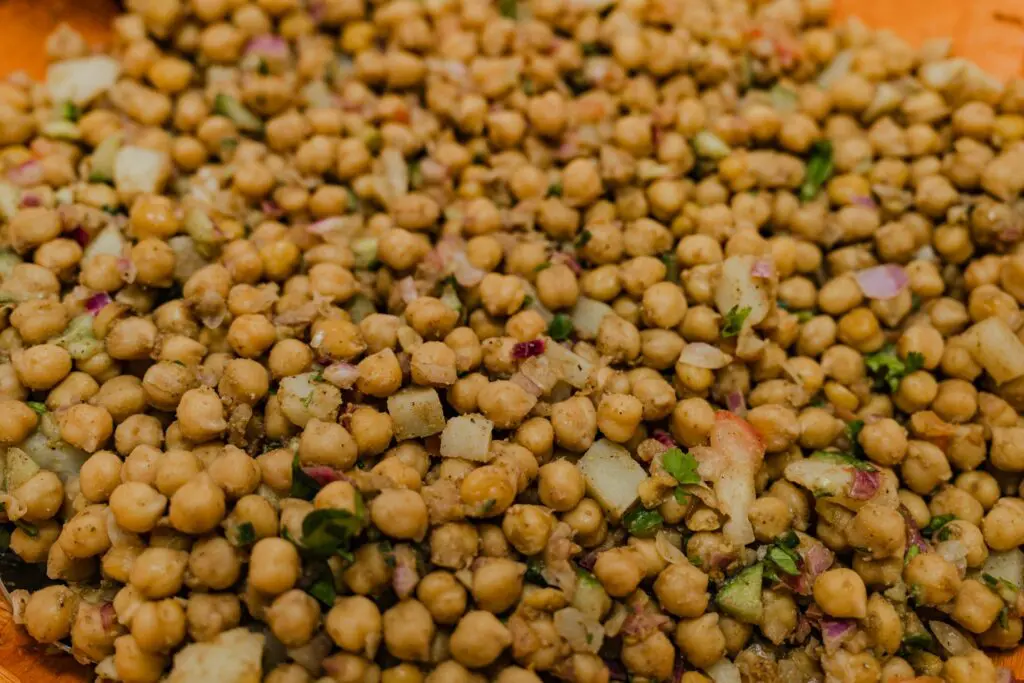
- Nutrient retention: 100% protein, 95% fiber, 90% minerals
- Taste comparison: Minor texture difference. Slightly softer than home-cooked
- Cost per serving: Canned $0.60-1.00 vs dried $0.30-0.60 (after cooking)
- Time saved: 2-3 hours of soaking and cooking
- Sodium content: 300-500mg per serving (reduces significantly with rinsing)
- Best uses:
- Canned: Quick hummus, salads, small portions
- Dried: Large batches, when firm texture needed, falafel
- Storage life: 2-3 years canned vs 1-2 years dried
Verdict: Similar to beans. Convenience vs economy trade-off
8. Peaches
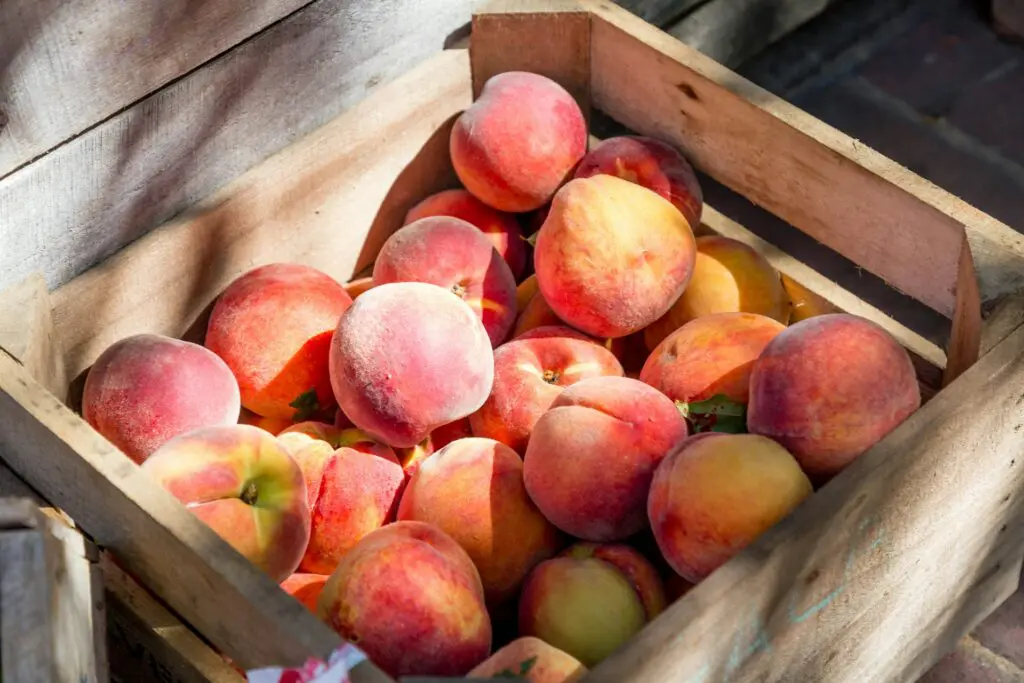
- Nutrient retention: 70% Vitamin C, 95% Vitamin A
- Taste comparison: Major difference in flavor, texture, and sweetness
- Cost per serving: Canned $1.00-1.50 vs fresh $1.50-2.50 (in season)
- Time saved: 10 minutes of peeling and slicing
- Sodium content: Negligible
- Best uses:
- Canned: Baking, compotes where texture isn’t crucial
- Fresh: Eating raw, salads, any visible presentation
- Storage life: 2-3 years canned vs 4-7 days fresh
Verdict: Avoid syrup-packed canned. Choose fresh in season or frozen year-round
9. Pears
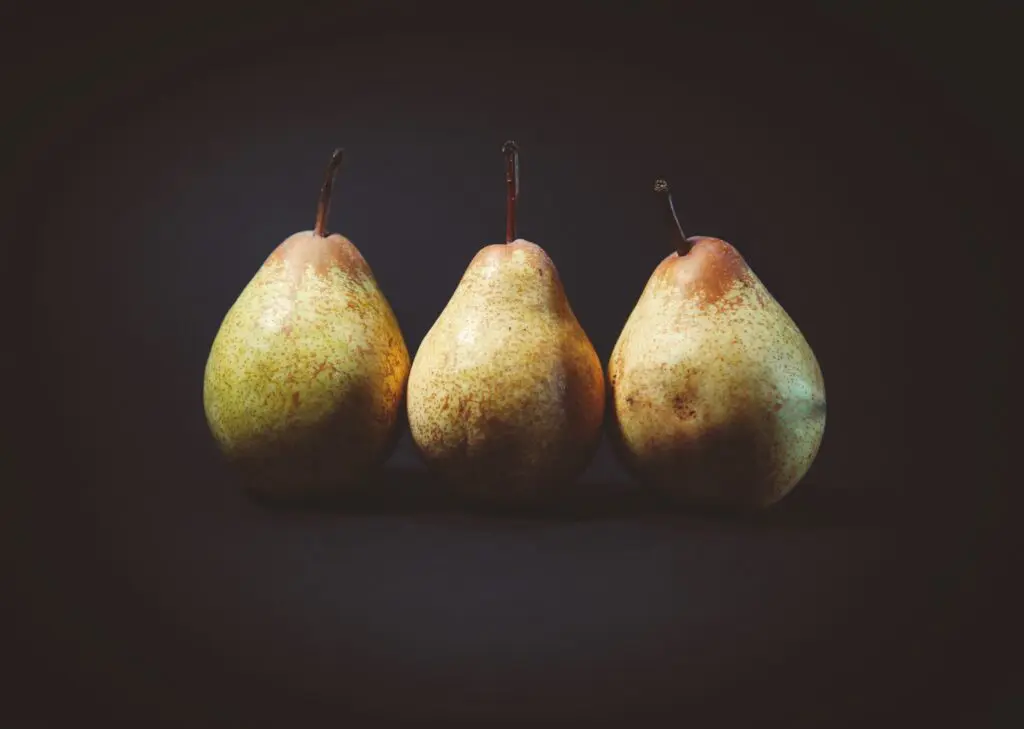
- Nutrient retention: 65% Vitamin C, 95% fiber
- Taste comparison: Significant loss in texture and flavor complexity
- Cost per serving: Canned $1.00-1.50 vs fresh $1.25-2.00
- Time saved: 5 minutes of washing and cutting
- Sodium content: Negligible
- Best uses:
- Canned: Limited to baking where texture doesn’t matter
- Fresh: Eating raw, salads, poaching, any visible use
- Storage life: 2-3 years canned vs 5-7 days fresh
Verdict: Choose fresh. High added sugar and minimal time savings don’t justify canned
10. Mixed Vegetables
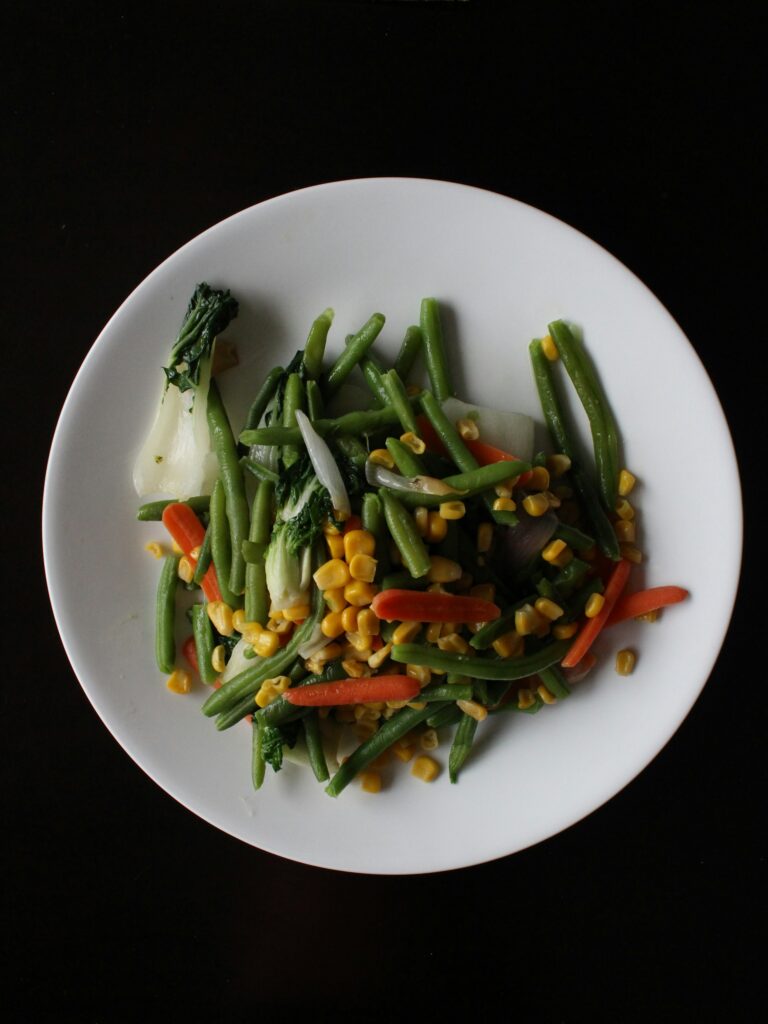
- Nutrient retention: Varies 60-90% depending on vegetable type
- Taste comparison: Noticeable texture loss. Individual vegetables less distinct
- Cost per serving: Canned $0.75-1.25 vs fresh $2.00-3.00
- Time saved: 30 minutes of washing, chopping various vegetables
- Sodium content: 400-600mg per serving
- Best uses:
- Canned: Soups, stews, casseroles where texture isn’t crucial
- Fresh: Side dishes, stir-fries, when vegetable distinction matters
- Storage life: 2-3 years canned vs 1 week fresh
Verdict: Use fresh for side dishes, canned acceptable for soups and stews
Special Considerations
Emergency Preparedness
While not a daily consideration, the shelf-stability of canned foods makes them valuable for emergency planning. Consider maintaining a 3–5-day supply of canned goods with a 2–5-year shelf life. Key tips:
- Include a manual can opener and a few cans of food in your vehicle emergency kit
- Rotate stock every 6 months
- Choose foods that taste good without heating: corn, fruit, chickpeas, bean salad
- Remember that canned foods provide both nutrition and hydration, one of the ways to stay hydrated without water.
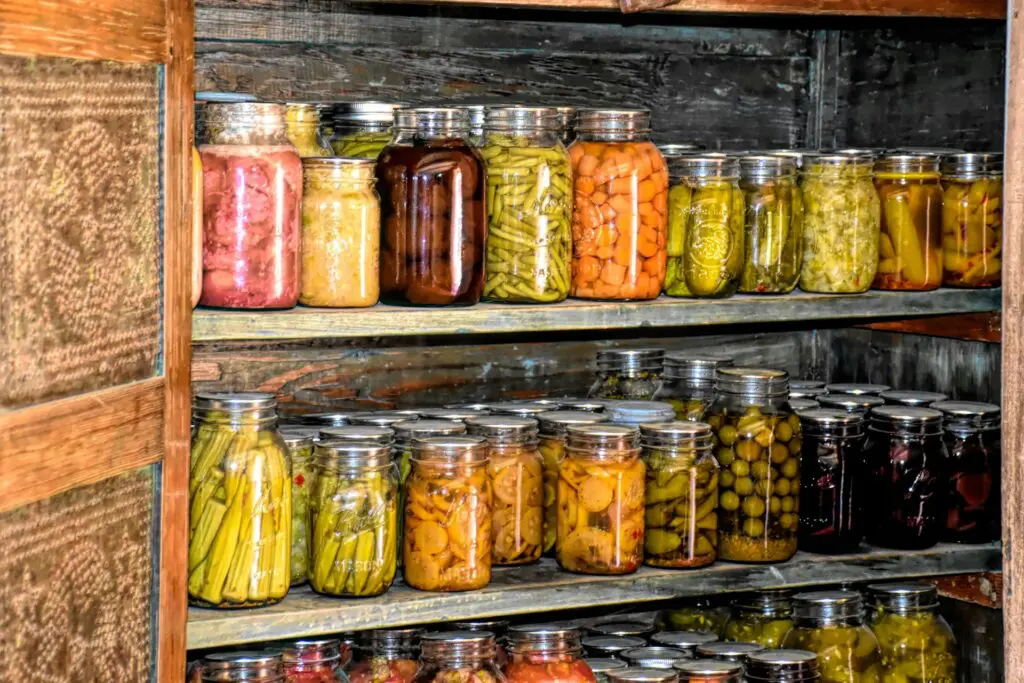
Home Canning
For those interested in preserving their own food, home canning offers a cost-effective alternative to both commercial canned and fresh options. However, it requires careful attention to safety:
- Use tested recipes and properly sterilized equipment
- Use water bath canning for high-acid foods (fruits, pickles)
- Follow USDA guidelines to prevent foodborne illness
- Employ pressure canners for low-acid foods (vegetables, meats).
The T-fal Pressure Cooker reduces cooking time by up to 70% and has advanced safety features to ensure secure use, all at a lower price point than some other canners. It’s a great value entry product for beginners looking to get started with canning.
Making Smart Choices: The Reality Check
Canned foods aren’t automatically inferior to fresh options. Often, their convenience and consistent quality outweigh modest nutrient losses.
For foods requiring significant prep time, canned versions can provide good nutrition while saving hours in the kitchen. The key is making informed choices based on your specific needs and circumstances.
Remember: The best food choice is one that you’ll actually use. Sometimes, having canned options on hand means the difference between cooking a healthy meal and ordering takeout.
More from Bananomad
- Bananomad breaks down what you need to know about seed oils, which ones to watch out for, and what alternatives might be healthier for cooking
- Considering grounding shoes? We explain the pros, cons, and what the science says on earthing – plus whether regular barefoot shoes work just as well.
- Ever wondered what happens when you take a one-day break from eating? Bananomad breaks down the benefits of fasting for a day.


Leave a Reply